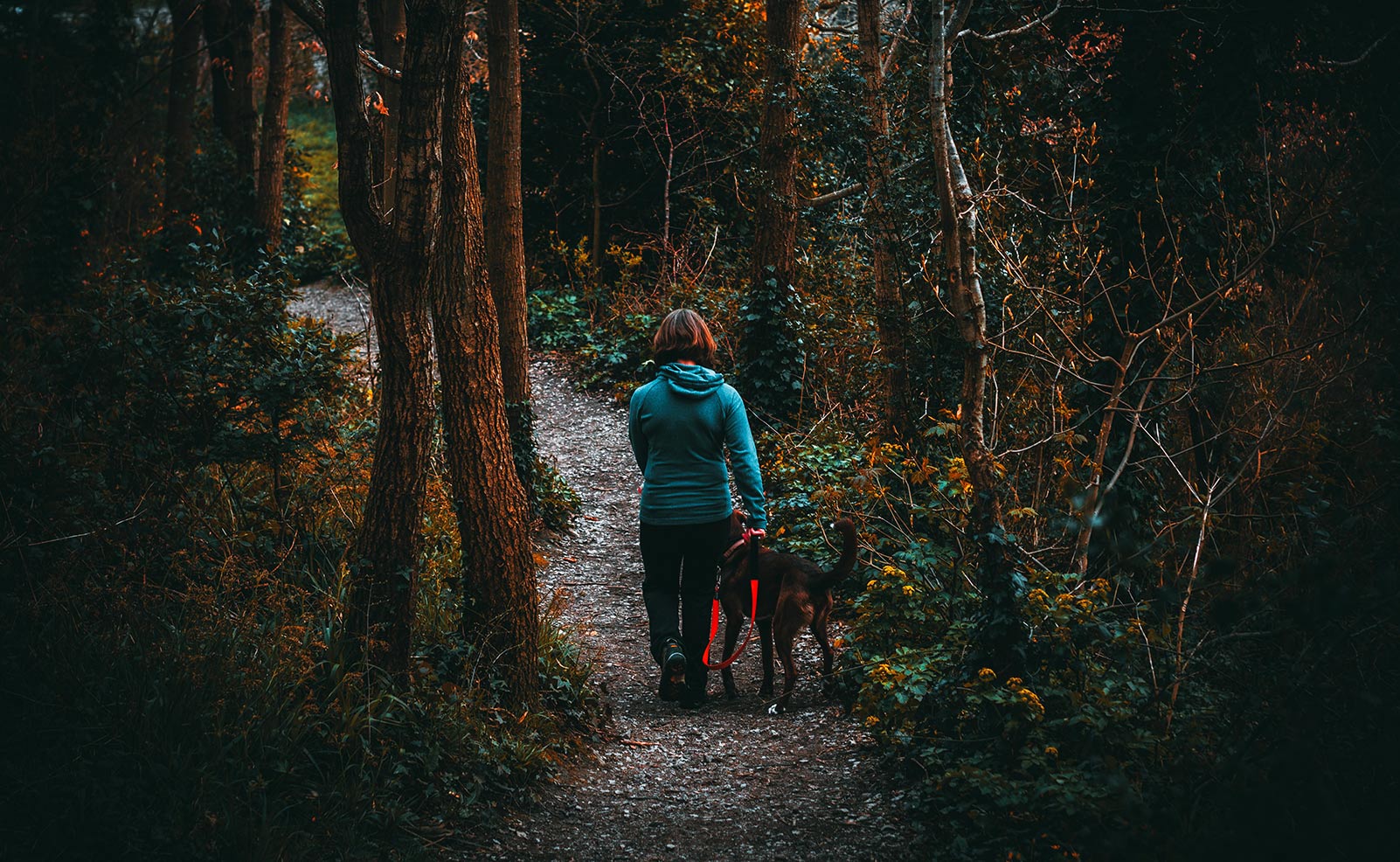Not everyone in a setting is an active participant in the activity a person is trying to complete. However, non-user actors are still an essential part of experience design scenes — Bruno Latour’s Actor-Network Theory values participant and non-participant actors as integral parts of a context. The theory, while somewhat embattled, is a useful tool for examining how all the actors in a context relate and can affect one another. For example, when a person uses their phone while walking down a sidewalk in a city, their attention is dedicated to the content on the phone. The interaction involves the person (user), the phone, and the content on the phone. However, trees with low-hanging branches could affect their experience. A child walking a Weimaraner puppy could distract our user from their phone use. Uneven pavement could cause the user to trip or at least become more focused on their steps than phone usage. The Non-User Actors aspect highlights the role of external actors and gives them agency in the experience design scene.
